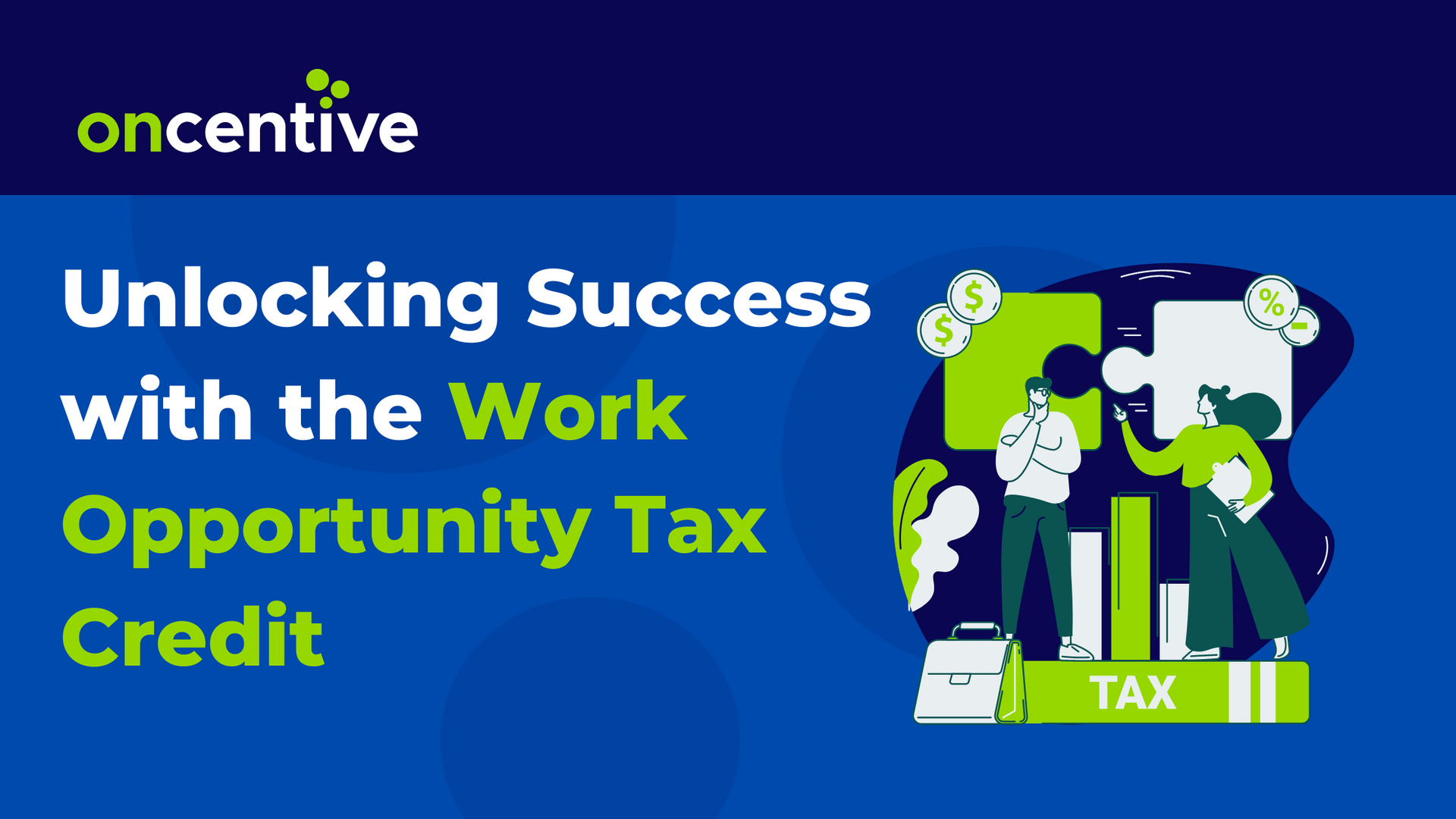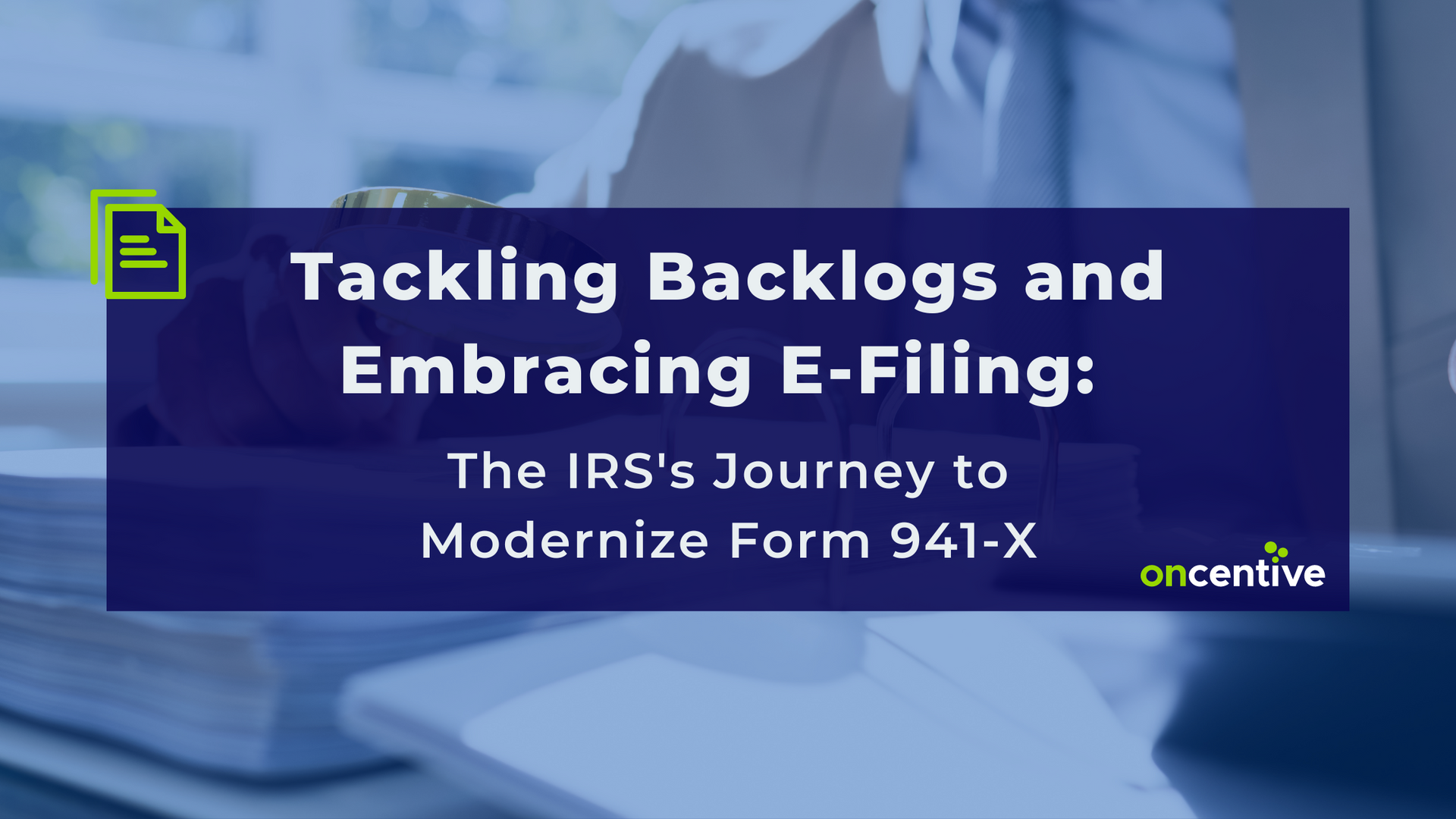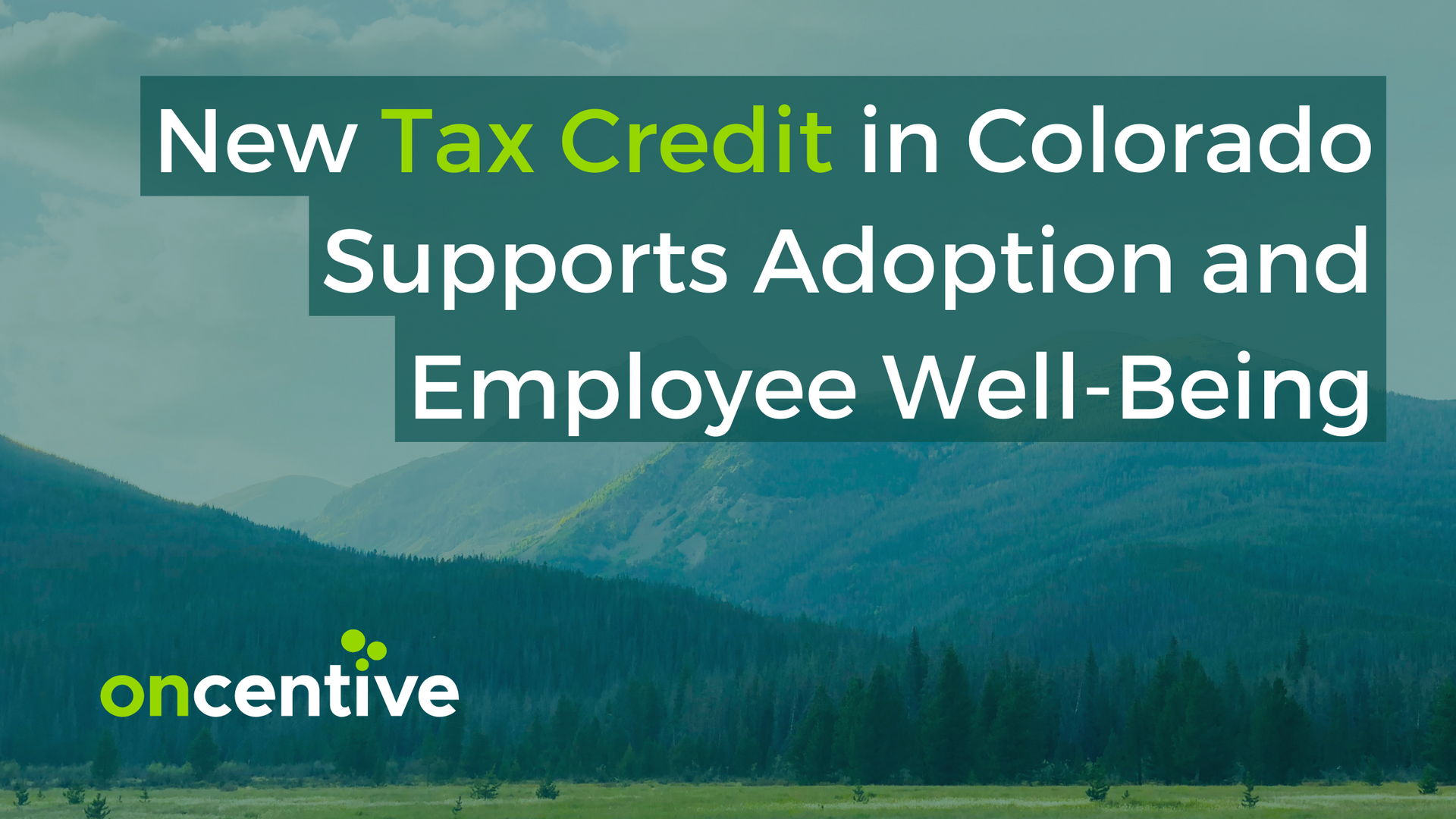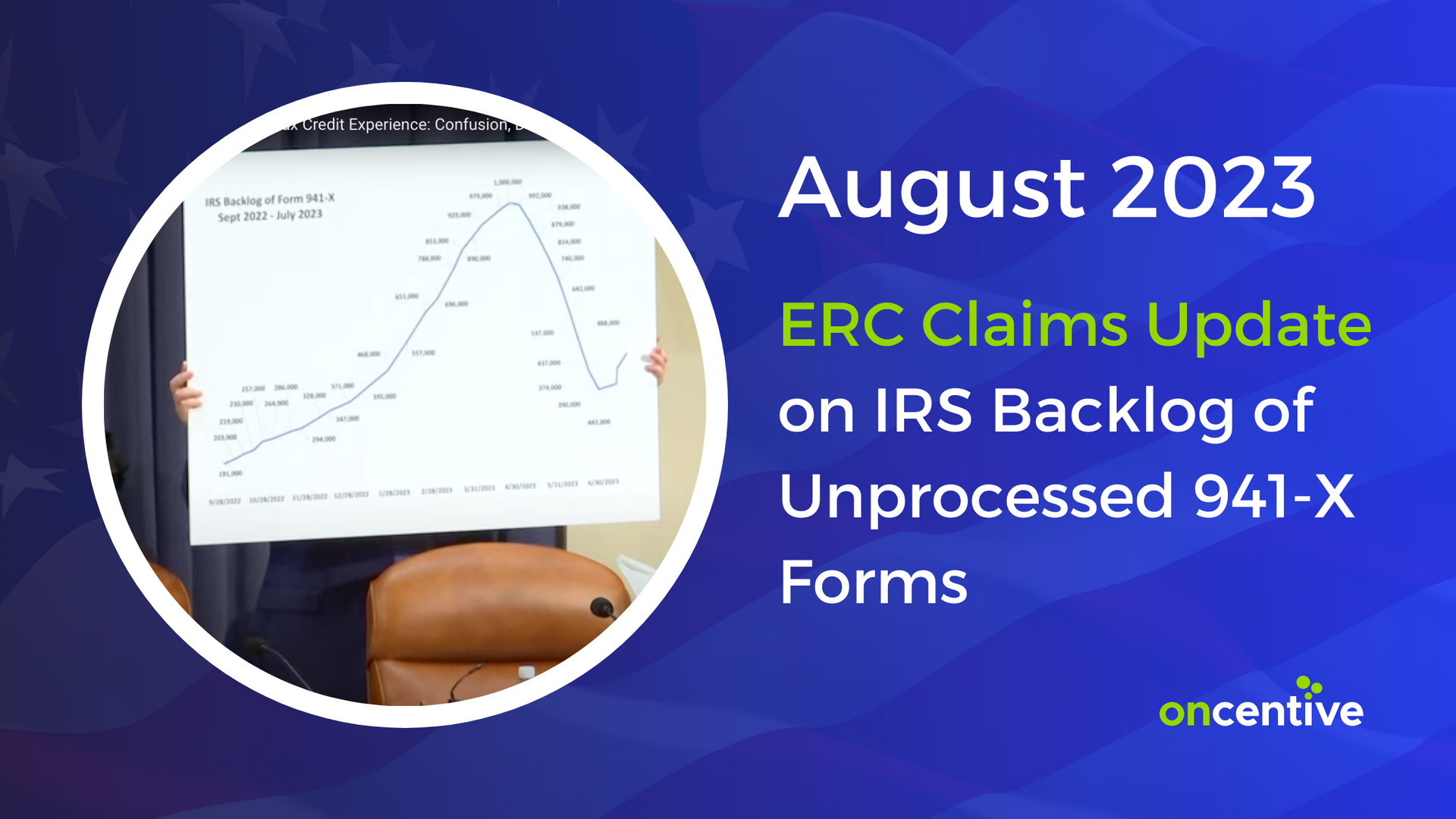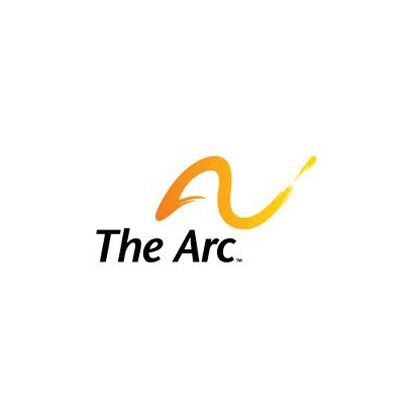How the Employee Retention Credit Can Help the Construction Industry
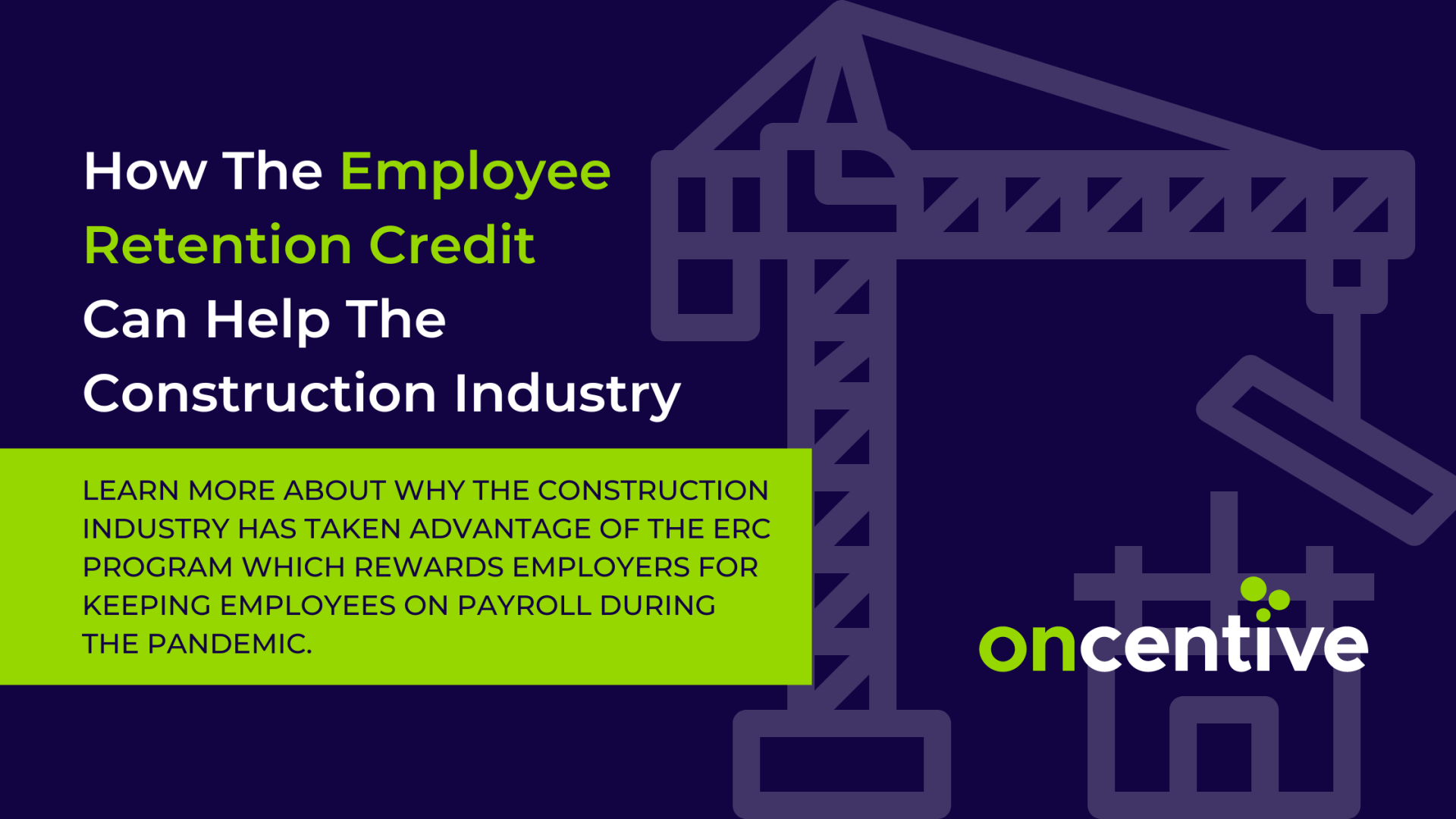
As the COVID-19 pandemic spread across the United States, the economy was damaged severely leading many businesses to shut down temporarily or even close down permanently. However, the federal government provided some relief to this crisis through the CARES Act which allowed billions of dollars in economic stimulus to be released through avenues such as the Employee Retention Credit (ERC) and the Paycheck Protection Program (PPP).
The ERC allows eligible employers a refundable payroll tax credit, up to $26,000 per W-2 employee, for continuing to keep Americans on payroll during the pandemic. Employers, desperate due to the circumstances caused by the pandemic, started taking out SBA-guaranteed PPP loans in 2020 but did not focus on ERC funding at all. Thanks to subsequent legislation, ERC was made available not only to businesses that were impacted by the pandemic, but also those who received PPP loans, leading more companies to be eligible for ERC.
Many companies within the construction industry have taken advantage of the ERC program which rewarded them for keeping employees on payroll during the pandemic. Construction companies that have benefited from this program and have received hundreds of thousands to millions of dollars in refundable payroll tax credits. While many have reaped the benefits of the ERC, many construction companies still have not because they think they don’t qualify due to never shutting down or not seeing a decrease in revenue. However, there are many factors that can make your construction business eligible for the ERC including:
- Social distancing mandates decreased the number of workers on a job site
- Curfew caused hours of operation to be shorter, leading to longer projects
- Supply chain issues led to material shortages from suppliers of important goods
- Government orders caused projects to slow down or become suspended due to mandates
For example, due to the pandemic creating supply chain interruptions, a restoration services company in Alabama received a refund of $949,000. A welding company in Louisiana, who did not have a decline in gross receipts, received a refund of $148,000 thanks to the ERC program.
5 Reasons Why Construction Companies Should Take Advantage of ERC:
- Most Construction Companies are Eligible for ERC: There are two ways to be deemed eligible to receive the ERC: 1) Significant decline in gross receipts (50% in 2020; 20% in 2021), OR 2) Full or partial business suspension due to a government order. While many are aware of the first test, many businesses don’t understand eligibility under the second. Most construction companies qualify for ERC due to a business disruption caused by government mandates.
- Up to 26,000 per Employee: In 2020, the maximum ERC credit was $5,000 per employee. Under the Consolidated Appropriations Act (CAA) of 2021, the maximum credit increased to $7,000 per employee per quarter for the first three quarters (2021 ERC maximum credit of $21,000). During the rollout of the ERC and Paycheck Protection Program (PPP) under the CARES Act, businesses had to elect which one of these programs to utilize. PPP was the general selection for a lot of businesses because it was easier to sign up for a small business administration-backed loan than to figure out the details of the ERC tax credit and eligibility. Further legislation implemented and expanded eligibility requirements making it possible for employers to take advantage of both programs, making it an even greater opportunity for construction businesses.
- ERC Continues: The Infrastructure Investment and Jobs Act (IIJA) of 2021 moved ERC’s expiration date, repealing this program for the fourth quarter of 2021. However, construction companies are still allowed to submit their tax filings for the previous covered periods in 2020 and 2021.
- A Cash Refund: The ERC is calculated based on qualified wages paid per employee quarterly, not from the business payroll tax but from quarter payroll taxes based on how many full-time W-2 employees the company had during its period of eligibility. By filing a 941-X, employers can apply the credit to previously paid payroll taxes which essentially makes the ERC a cash refund from the IRS.
- It’s Easy When Working With a Trusted Advisor: When ERC eligibility requirements have been met, the credit can be claimed on previously filed payroll tax forms. ERC specialists, like OnCentive, can evaluate whether the company is eligible for the credit, calculate qualified wages, and prepare and file for the credit on your company’s behalf. OnCentive even works with a trusted funding partner so you can receive your ERC funds within weeks versus waiting the typical six to nine months on your refund from the IRS.
The ERC is just one of many business incentives designed to help with the long-term effects of Covid-19. Many construction companies have utilized their ERC funds to invest or expand their business, employ more American workers, or simply to just stay afloat. Talk to a tax credit expert at OnCentive to learn more about ERC and additional tax credits including the Work Opportunity Tax Credit (WOTC) and Research and Development (R&D) tax credit.
Have Questions or Need More Information?
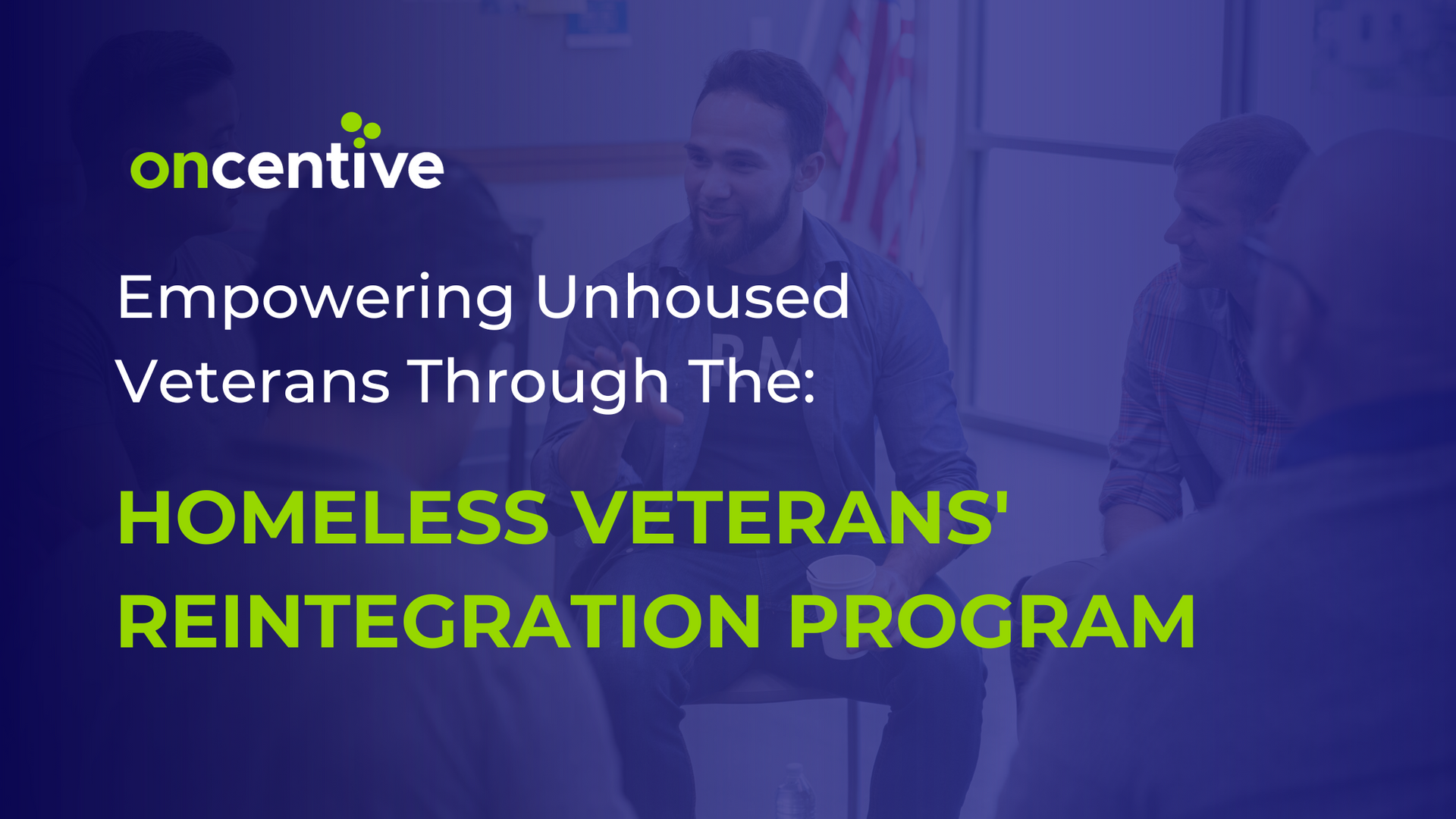

 <script type=" text=""/>
<script type=" text=""/>






